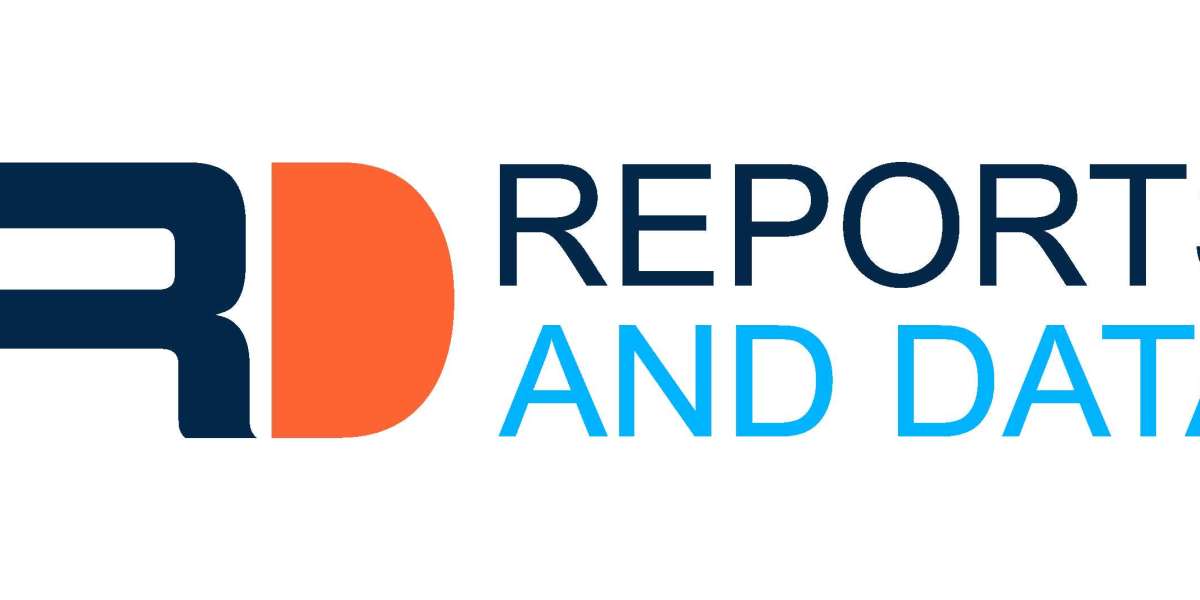With the rise of mobile technology, digital wallet apps have become an integral part of our daily lives, offering a convenient, secure, and efficient way to manage finances.
For businesses looking to enter this space, understanding the key features that drive user engagement is crucial.
Successful digital wallet app development hinges on creating a user-friendly, feature-rich experience that keeps users coming back.
In this article, we’ll explore the essential features that every digital wallet app should include to maximize user engagement and provide a seamless user experience.
1. User-Friendly Interface and Design
The first impression of your digital wallet app is often made through its user interface (UI) and design. A clean, intuitive, and visually appealing design can significantly enhance user engagement. Users should be able to navigate the app with ease, find the features they need quickly, and perform transactions without any confusion.
Key Elements of a User-Friendly Interface:
- Simple Navigation: Users should be able to navigate between different sections of the app effortlessly. Consider implementing a minimalist design that prioritizes essential features and avoids clutter.
- Clear Instructions: Provide clear instructions and prompts throughout the app to guide users, especially during first-time use.
- Responsive Design: Ensure the app is responsive across all devices and screen sizes, offering a consistent experience whether accessed on a smartphone or tablet.
2. Seamless Onboarding Process
The onboarding process is critical to retaining new users. A complicated or lengthy onboarding process can frustrate users and lead them to abandon the app. To maximize user engagement, the onboarding process should be quick, simple, and informative.
Best Practices for Onboarding:
- Quick Sign-Up: Allow users to sign up using their email, phone number, or social media accounts. This reduces the time it takes to start using the app.
- Tutorials and Walkthroughs: Provide brief tutorials or walkthroughs to help users understand how to use the app’s features effectively.
- Personalization Options: Allow users to personalize their experience during onboarding, such as setting preferences for notifications, language, and security options.
3. Multi-Layer Security
Security is a top concern for users when it comes to digital wallet apps. To gain and maintain user trust, your app must incorporate robust security features. Ensuring the safety of user data and transactions is essential for long-term engagement.
Essential Security Features:
- Two-Factor Authentication (2FA): Require users to verify their identity through a second factor, such as a one-time password (OTP) sent to their phone, in addition to their password.
- Biometric Authentication: Implement biometric authentication methods like fingerprint scanning or facial recognition for an additional layer of security.
- Encryption: Use end-to-end encryption for all transactions and data storage to protect user information from unauthorized access.
- Fraud Detection: Integrate AI-driven fraud detection systems that monitor transactions for suspicious activity and alert users if any anomalies are detected.
4. Multiple Payment Options
One of the primary functions of a digital wallet app is to facilitate payments. Offering a variety of payment options can enhance user convenience and encourage more frequent use of the app.
Payment Options to Include:
- Credit and Debit Card Integration: Allow users to link their credit and debit cards for easy transactions.
- Bank Account Linking: Enable users to connect their bank accounts directly to the app for seamless transfers.
- Peer-to-Peer (P2P) Transfers: Offer P2P transfer options, allowing users to send money to friends and family quickly.
- QR Code Payments: Implement QR code scanning for quick payments at physical stores.
- Cryptocurrency Support: With the growing popularity of cryptocurrencies, consider adding support for popular digital currencies like Bitcoin and Ethereum.
5. Rewards and Loyalty Programs
Incentivizing users with rewards and loyalty programs can significantly boost engagement. Users are more likely to return to the app if they receive tangible benefits for their transactions and continued use.
Effective Rewards Features:
- Cashback Offers: Provide cashback on certain transactions, encouraging users to make more purchases through the app.
- Loyalty Points: Introduce a points-based system where users earn points for every transaction, which can be redeemed for discounts or rewards.
- Referral Bonuses: Offer referral bonuses to users who invite friends or family to join the app, creating a viral loop of new users.
- Exclusive Discounts: Partner with merchants to offer exclusive discounts to app users, adding value to their experience.
6. Bill Payments and Mobile Recharges
Including a feature for bill payments and mobile recharges can make your digital wallet app an indispensable tool for users. This feature allows users to manage their routine financial tasks conveniently from one platform.
Key Bill Payment Features:
- Utility Bill Payments: Enable users to pay their electricity, water, gas, and other utility bills directly from the app.
- Mobile Recharge and Top-Up: Allow users to recharge their mobile phones or purchase data packs through the app.
- Scheduled Payments: Offer the option to schedule payments in advance, ensuring users never miss a due date.
7. In-App Customer Support
Providing accessible and effective customer support within the app is crucial for maintaining user trust and satisfaction. When users encounter issues, they should be able to get help quickly without leaving the app.
In-App Support Features:
- Live Chat Support: Implement a live chat feature where users can get real-time assistance from customer service representatives.
- FAQs and Help Center: Include a comprehensive FAQs section and a help center where users can find answers to common questions and troubleshoot issues on their own.
- Ticketing System: Allow users to submit support tickets directly through the app for more complex issues that require further investigation.
8. Transaction History and Spending Analysis
Users appreciate having access to detailed transaction histories and spending analysis tools. These features help users track their spending habits and manage their finances more effectively.
Transaction and Analysis Features:
- Detailed Transaction History: Provide users with a clear and detailed record of all their transactions, including dates, amounts, and merchant names.
- Spending Categories: Categorize transactions (e.g., groceries, entertainment, utilities) to help users understand where their money is going.
- Budgeting Tools: Offer budgeting tools that allow users to set spending limits for different categories and track their progress.
9. Integration with Other Financial Services
To create a comprehensive financial management tool, consider integrating your digital wallet app with other financial services. This can include features like investment options, insurance, and savings accounts.
Integration Ideas:
- Investment Accounts: Allow users to link their investment accounts to monitor their portfolio and even make trades directly from the app.
- Insurance Services: Offer options for users to purchase and manage insurance policies through the app.
- Savings Goals: Include a feature that helps users set and track savings goals, such as saving for a vacation or an emergency fund.
10. Push Notifications and Alerts
Push notifications are a powerful tool for keeping users engaged with your digital wallet app. However, they must be used wisely to avoid overwhelming users with too many alerts.
Best Practices for Push Notifications:
- Transaction Alerts: Notify users immediately after transactions are made for security and record-keeping purposes.
- Promotional Offers: Send notifications about new cashback offers, discounts, or promotions to encourage app usage.
- Payment Reminders: Remind users about upcoming bill payments or scheduled transactions to ensure they stay on top of their finances.
Conclusion
Building a successful digital wallet app requires more than just basic functionality. To maximize user engagement, your app needs to offer a seamless, secure, and feature-rich experience. By incorporating the key features outlined above, you can create a digital wallet app that not only meets users’ needs but also keeps them coming back.
In the highly competitive world of digital wallet app development, staying ahead of user expectations is crucial. By focusing on user-friendly design, robust security, diverse payment options, and value-added services, you can develop an app that stands out in the market and fosters long-term user engagement.















